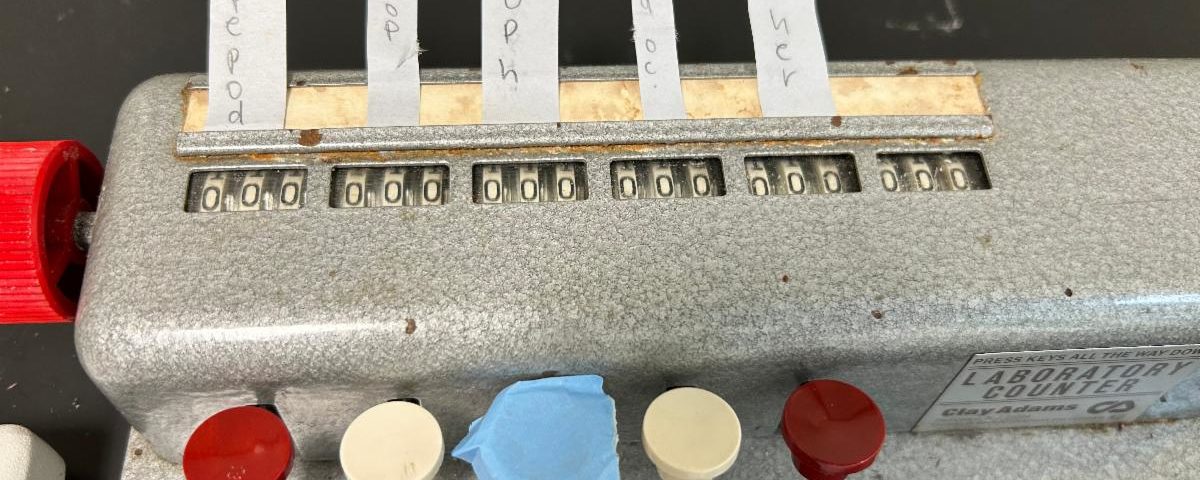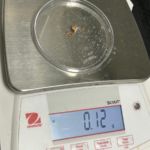Dissecting Juvenile Salmon Stomachs

Lydia Shaw, Dr. Pete Rand’s research technician, is looking at juvenile salmon stomachs from western Prince William Sound. She is dissecting stomachs to find out what salmon are eating – whether it is their own species, herring, or something else. Lydia looks at about 12-15 stomachs a day. This project is in its first year of a multi-year project.
This salmon was 96 cm in length and had the following contents in its stomach: 28 Euphausia (krill), 18 Limacina (sea snail), 7 Hyperiid amphipods (curly pink crustaceans), 1 zoea (crab larvae), and 1 unidentifiable. Lydia was surprised to not see any copepods in the stomach contents, as they are usually abundant in the net tows and stomach contents of herring. In addition to stomach dissections and blood disease (Viral Erythrocytic Necrosis) work, Alaska Department of Fish and Game will look at the otoliths from these salmon to determine where they are coming from to identify if hatcheries are influencing natural fish populations.










